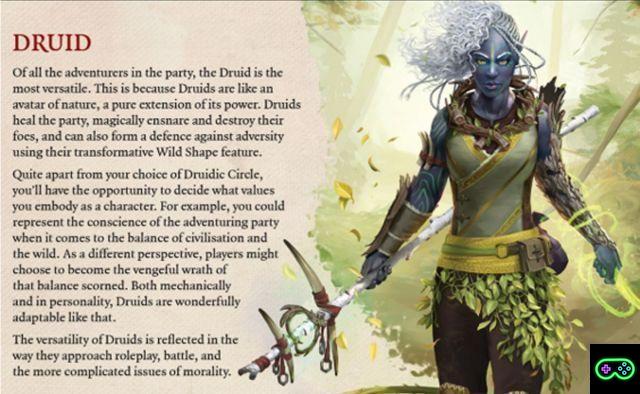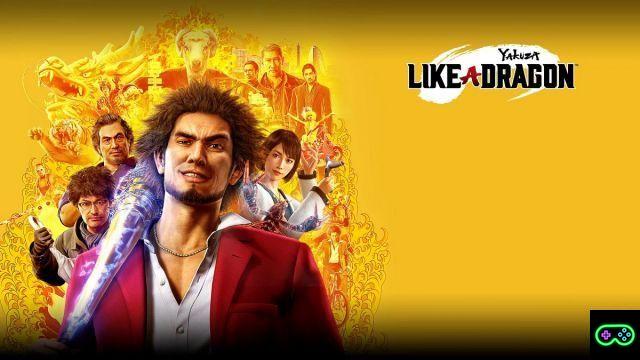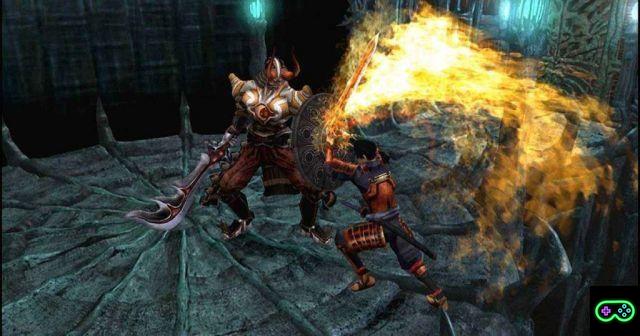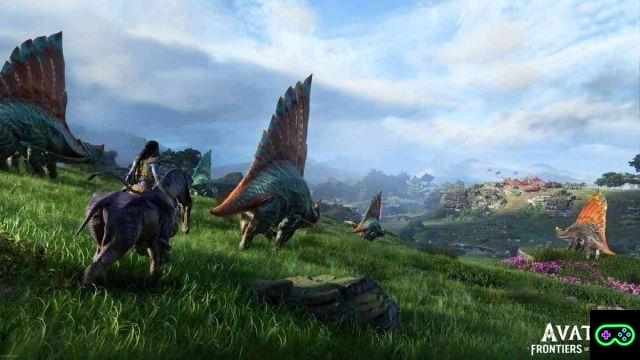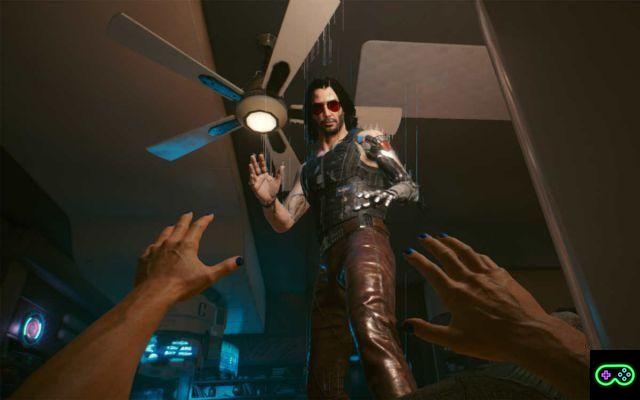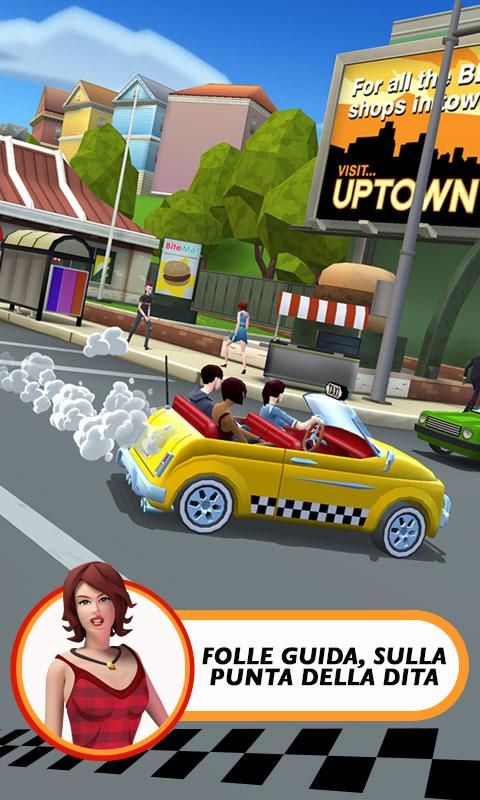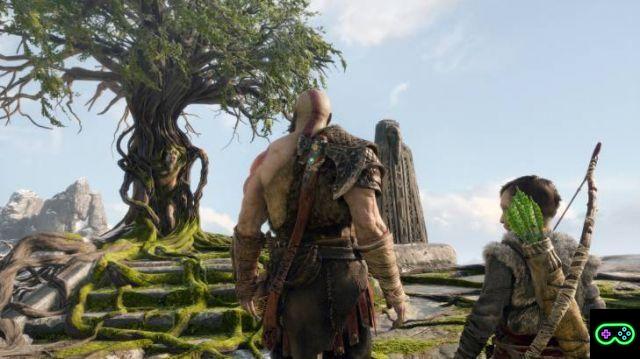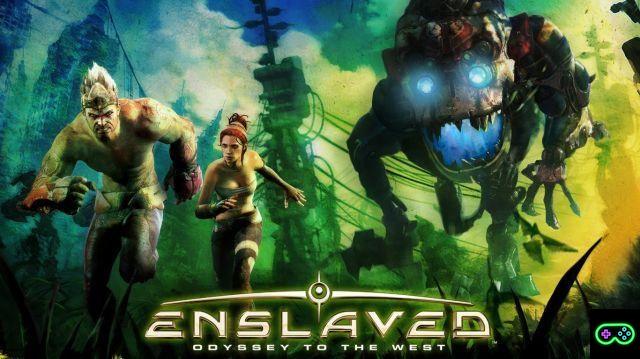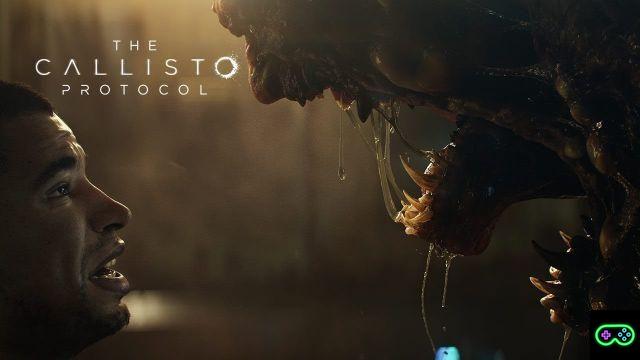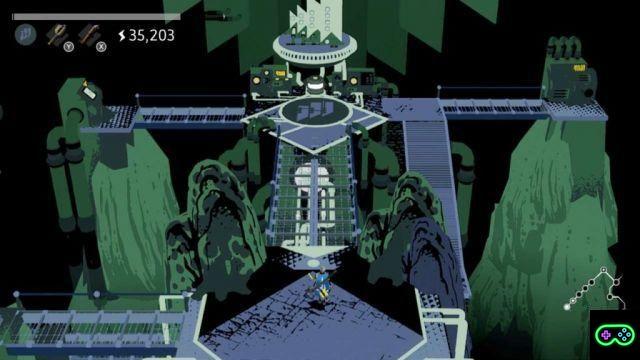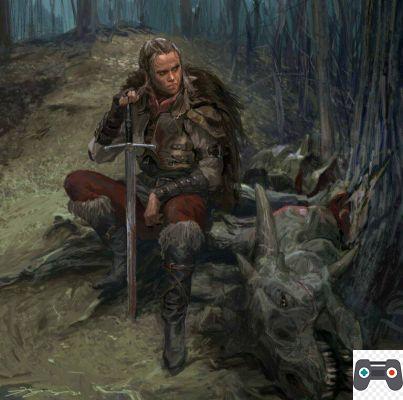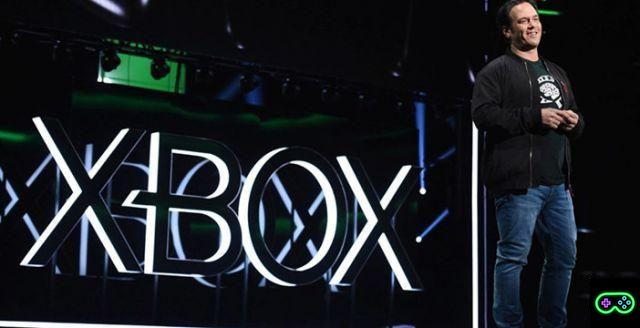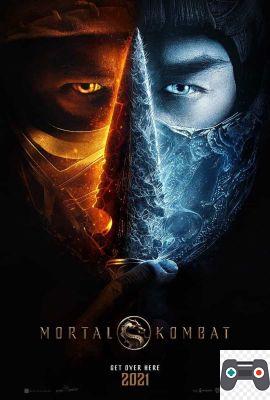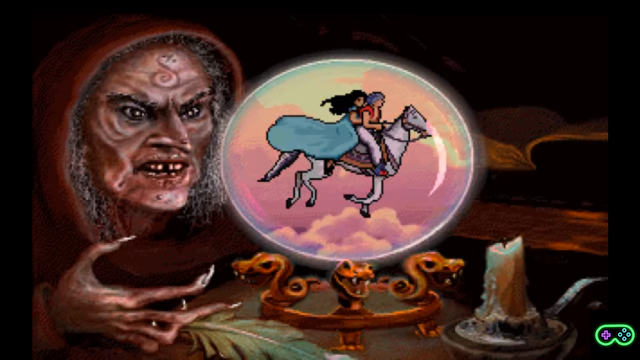cyberpunk 2077 has finally arrived on our screens bringing back to the gaming world the atmosphere of classics such as Neuromancer, Blade Runner or role-playing game that inspired it.
Today, to continue celebrating the latest effort CD Project Red (which we did in the specials on some of the best video games with a similar theme and in one what we believe are the best works belonging to the genre), we decided to tell you something about a great but little known game of the past, which already in 1988 it dropped us into a story of humanoid cyborgs, virtual reality and overcrowded cities.
So follow us to discover Snatcher, visual novel a cyberpunk theme in Hideo Kojima released in 1988, of his incredible reworking of the canvas of the aforementioned Blade Runner and above all of his curiously anticipating some themes of Metal Gear Solid.
Stunned? Surprised? Intrigued?
Don't worry, It's only the beginning.
What is Snatcher
1988: Hideo Kojima, XNUMX-year-old high-hopes programmer active at Konami, has recently seen it hit the shelves Metal Gear, the game that will give him glory and make him one of the game designers fathers of the stealth genre, as well as one of the most influential creatives in the history of the medium.
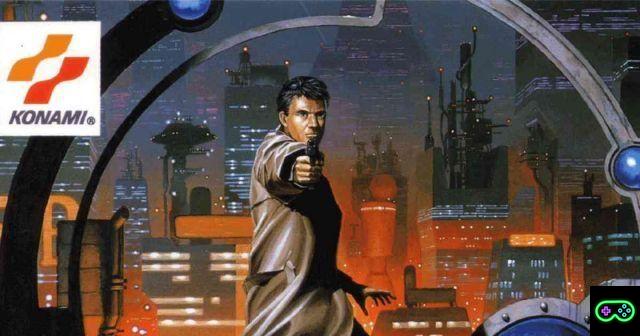
After the successful launch of Snake's first adventure, it's time for him to start coding again. To do this, Hideo-San performs an operation that he has already succeeded with with Metal Gear: if in his first masterpiece Kojima had deconstructed and gamified US action cinema (and in particular 1997-Escape from New York and Terminator), for his new game the Japanese author decides to face a real one sacred monster of the cinema.
In fact, Snatcher is nothing more than a clever (or clever?) variation on the Blade Runner theme, the story of a futuristic and corrupt world in which humanity is threatened by a new type of highly sophisticated machines, snatchers, which aim to infiltrate human societies and then be able to take power. To cope with the threat is created JUNKER, an operations department of the Neo Kobe City police.
At the center of the Snatcher story there is obviously one of the agents of the department, Gillian, recently victim of an episode that generated a rather extensive amnesia that also led to a divorce from Jamie, his wife. At the beginning of the adventure we don't know much about what strange event led him into this situation, except that it is certain that he has something to do with the Snatcher.
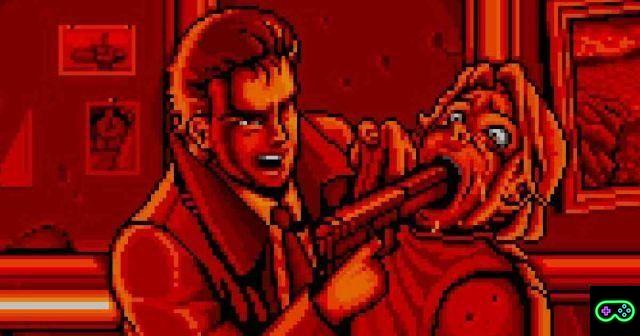
From a gameplay point of view Snatcher is a visual novel with clear citation intentions, in which Gillian finds herself at the center of a typical cyberpunk noir story full of mysteries, secrets and plots, but also of a story with disturbing features and, of course, typically whom.
Mr. Kojima and Cyberpunk: a love story
To the 1988 player, rather than a simple homage to Blade Runner, Snatcher turned out to be something a little more distinctive.
The investigation into the androids soon brings Gillian to the center of a story with a cold war atmosphere. We learn that the Snatchers were the fruit of a secret Soviet project to subvert the world order, and who Gillian and Jamie were spies committed to destroying the plan of the Russians e later silenced by a cryogenic sleep which resulted in Gillian's amnesia.
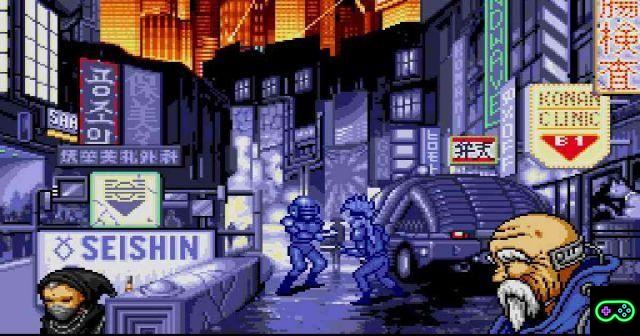
In a nutshell, Snatcher already hinted at one of the fundamental themes of Metal Gear Solid, that is the relationship between oppressive and dystopian power (if we think about it, the conspiracy of the spread of snatchers is nothing more than a foreshadowing of that of the Patriots in MGS) and individual. At the same time, Snatcher was already a symbol of Kojima's passion for high technology, for bioethical issues and for political fiction.
After all, the author Kojima is none other than a game designer son of a decade literally bombarded with cyberpunk influences and from the fascination for the future of pop culture, influences to which was added the typically Japanese sensitivity of a young Japanese born in the post-WWII.
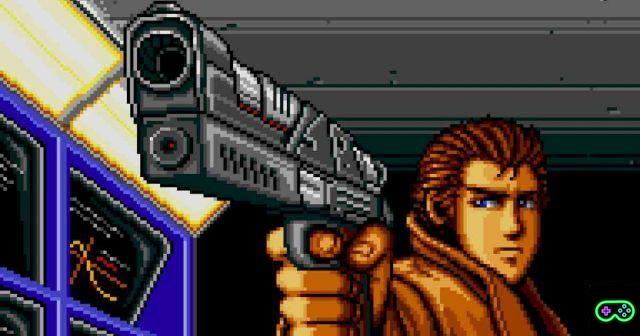
If we look at it in perspective, Snatcher was none other than the second piece of a speech that Kojima had just started with Metal Gear and which continued in the next thirty years of his career, declined in all its forms and addressing various branches of science fiction, from the one thematically closest to Japanese manga and anime (Policenauts) to the warmovie with a splash of sci-fi (Metal Gear Solid, of course), up to the more existential and authorial one (Death Stranding).
When "plagiarism" is strength
The "cyberpunk of Hideo Kojima" is on balance a nice tribute to a classic of the cinema who still today, after forty years, remains to inspire creatives of all kinds with his artistic style. Snatcher was the first real video game transposition of Blade Runner, an operation a stone's throw from plagiarism, conducted with a spirit of sincere love by a young programmer son of his time.
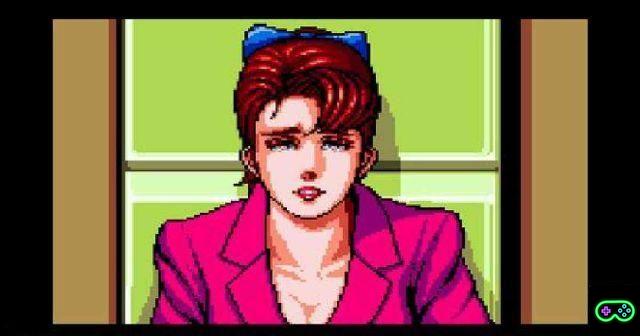
Today it can only be considered an ancient game, anchored to another geological era of the video game and even difficult to recover, but precisely for this reason it is the symbol of an era in which the video game was in some ways freer, so much so that it was possible without problems to rework the plot of a great Hollywood film and get away with it.
A culturally extraordinary era, in which “anarcoid” themes such as cyberpunk they managed to contaminate different works, to unite them, to create bridges between cinema, video game and novel in a more genuine and almost adventurous way.
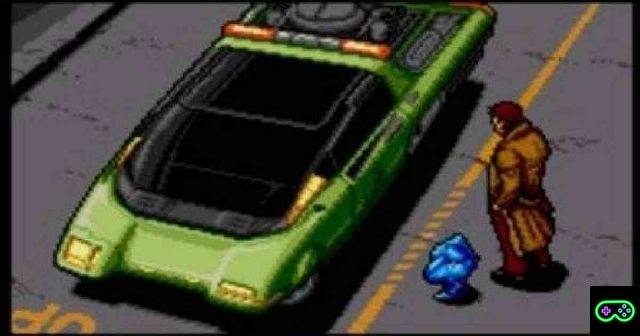
La crazy hope at the end of this digging into memories?
May the memory of that anarchy guide you to Night City, immerse you to the core in the right mood for a dive into a future that (also) smacks of the '80s, of experimentation, of fascination for the music of the time, the cinema of the time and, of course, for the videogame of that fantastic decade.




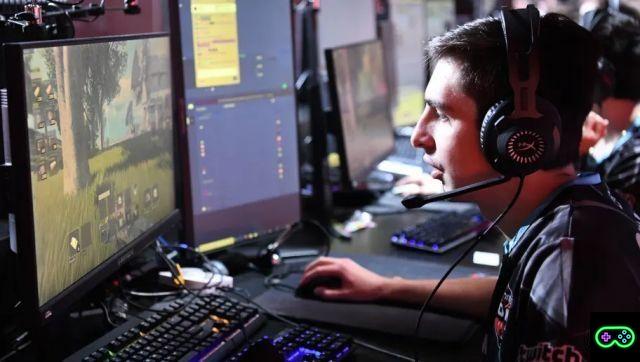
![[The Bear's Lair] God of War: Betrayal and Greek mythology](/images/posts/17432d3b12ecfec44b0b855d20c7520f-0.jpg)



